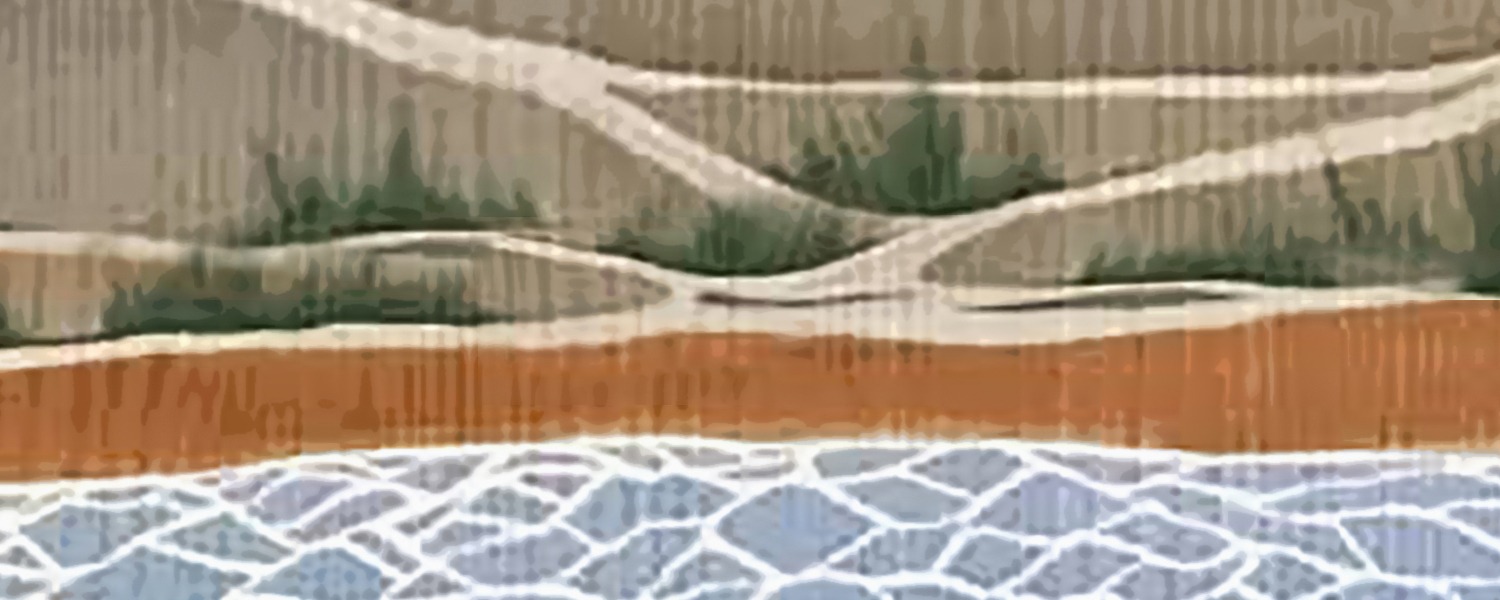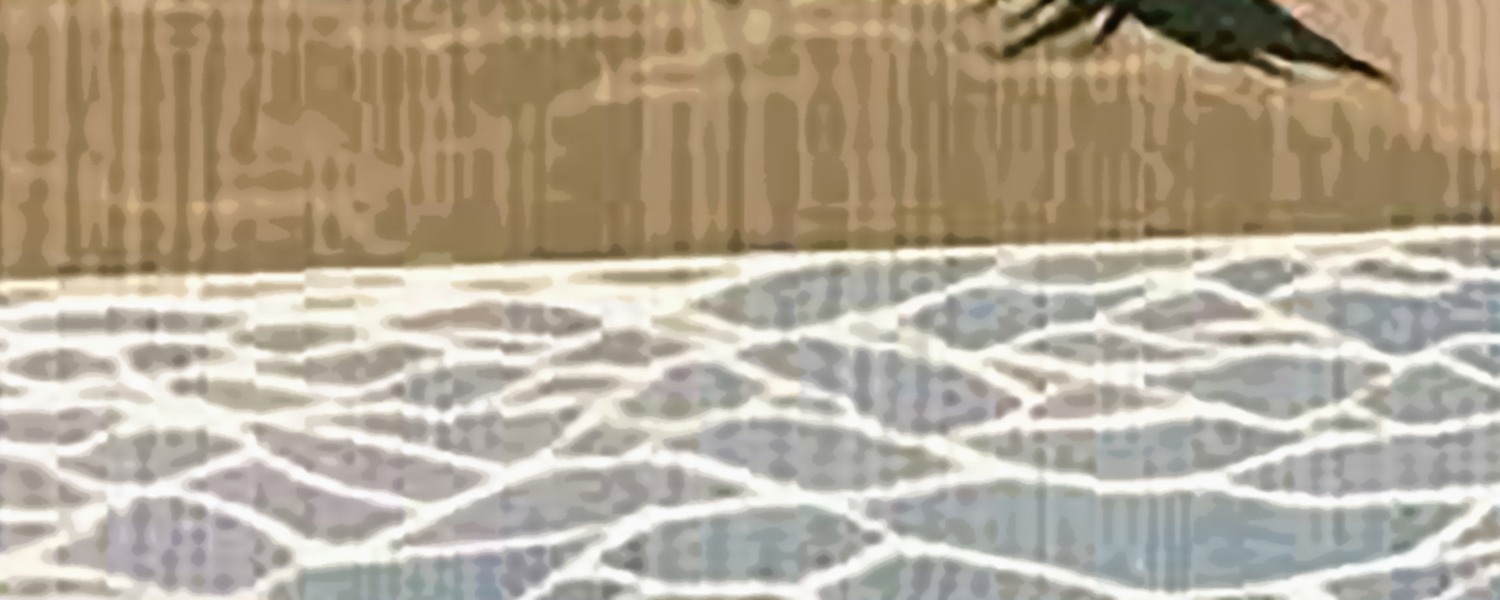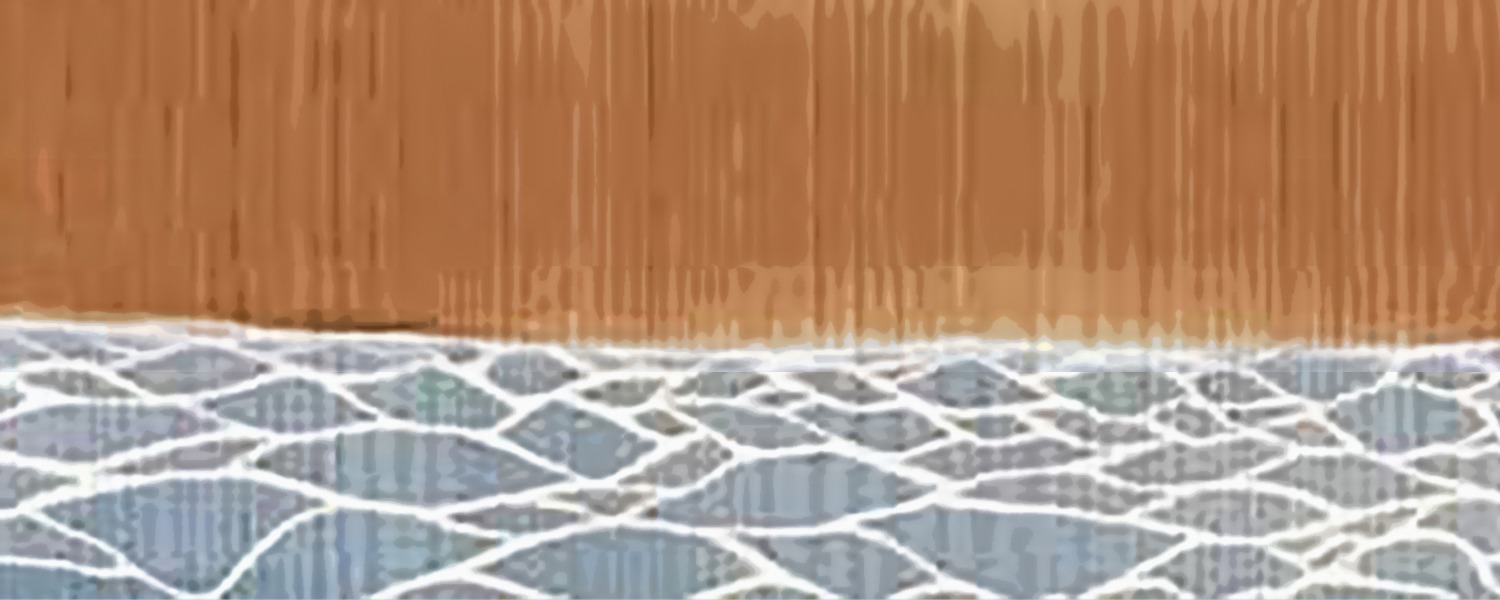For many Indigenous peoples, Grogu, aka “Baby Yoda” has captivated our imaginations. Small, vulnerable, and very powerful, Grogu “is.” The Force is mystical and ceremonial and awakens our minds about our own Indigenous cultures and spiritual ways.
The Force is a mysterious energy field created by life that binds the galaxy together. Harnessing the power of the Force gives the Jedi, the Sith, and others sensitive to this spiritual energy extraordinary abilities, such as levitating objects, tricking minds, and seeing things before they happen. While the Force can grant users powerful abilities, it also directs their actions. And it has a will of its own, which both scholars and mystics have spent millennia seeking to understand.[i]
The Force is something to be believed in. There is a wealth of knowledge to learn about the Force. An ordered society exists to mentor and empower individuals about the Force and a code guides this training. It is fascinating to think about the similarities to our own inherent jurisdiction as Indigenous peoples. I will speak about this inherent jurisdiction generally, but my inspiration comes from my own knowledge and understanding of Anishinaabe Inakonigaawin and the source (or the force) which is Miinigoziwin, what the Creator has gifted to us, and how the energy that surrounds this self-awakening unburdens Anishinaabe people from colonialism.
There is an age-old code that may be enriched, if we accept that learning about Indigenous legal systems is a treasured but dangerous path, similar to the Force, and it would be important to understand how the knowledge system itself is ordered. There may or may not be padawan (students) and masters, but there are definitely rich and valuable resources in the form of knowledge keepers, sacred sites, and the energy and matter within the cosmos, sometimes accessible by dreams or visions, knowledge formed by finding it within ourselves. The education about Indigenous legal orders is a lifelong learning journey, and seeking out knowledge is a pathway to a way of life rather than a system of rules.
A long time ago in a galaxy far far away
It is a period of civil unrest, land defenders are working from a protest camp site, and they have won their first victory against the evil colonial Empire.
Darth Vader knows the Force, he studied it as a young padawan, and rather than follow the important rules of the Jedi, he has taken the Force’s powers into the Empire to serve settler-colonialism, as Palapatine, and the legal fiction of sovereignty of the Empire over all others. Vader, once Anakin Skywalker was promised as the person that would bring reconciliation for Indigenous peoples within the Empire, the Sith Lord, however, has used the power of the Empire to end cultures, languages, and erode social cohesion through laws, policies, and a counter-force of assimilation practices.
Section 35: The existing aboriginal and treaty rights of the aboriginal peoples of Canada are hereby recognized and affirmed.[ii]
The empire had attempted to instill the legal fiction of their sovereignty over Indigenous title lands like Anishinaabe Aki (the territories that the Creator has planted Anishinaabe on), through having their Queen sign a Constitution Act in 1982, promising all that individual rights and freedoms will be protected. Indigenous forces try to stop this effort through such actions as a “constitutional express” to Ottawa protesting and demanding that treaties that founded Canada be respected and honoured as the binding laws for peaceful co-existence.
The compromise that was made to support Canada’s effort was an understanding would be reached through constitutional conferences and a recognition of Indigenous governance rights within the Queen’s laws. A unilateral guarantee was formed that the empire would recognize the treaty relationship in the form of “existing rights.” This compromise would hollow out the Nation to Nation relationship between Indigenous peoples and the Crown. Jedi-like knowledge holders would recall this harmful guarantee and warn young padawan to never forget their inherent and sovereign authority/responsibility. The Force was strong in these teachings, and the commitment to remain sovereign and resilient was sturdily held by only a few fully trained, remaining Jedi.
If this Force does exist, the knowledge of the Force can also feed the power of the colonial Empire. But, the Force is something to be fully understood in peace and study, through learning the ceremonies, stories, and lessons taught since time immemorial. The Force’s dark side is understood by trying to investigate the Force’s power and limitations through a colonial lens: how is it enforceable, how will people bow to its pressures?
Certain padawan are making the mistake of using inherent “rights” in such areas as cannabis and drug enforcement without fully understanding the Force and unknowingly feeding the Empire’s desire to transform inherent jurisdiction into contingent-based common law rights. This effort will feed the power of the Empire, capable of infringing and extinguish these rights through their illegitimate sovereign powers through “clear and plain” legislative efforts.
“You will know (the good from the bad) when you are calm, at peace. Passive. A Jedi uses the Force for knowledge and defense, never for attack.” -Yoda
Some academics are gurus of the Force, they are capable of studying the Force through a calm environment with much less colonial adversity, or at least they take effort to live in that calm. Gordon Christie, a professor at UBC Law School has neatly uncovered the colonial fear of the strength of a continuing inherent jurisdiction and sovereignty held by Indigenous peoples in the following paragraph:
The continuing existence of independent legal and political authority – particularly as it might manifest in visible and authoritative exercise – points attention directly into the glaring weakness of the Crown, its long-standing and current lack of legitimacy (from within Canadian societies’ own understanding of legitimacy). If, however, the Crown and courts can control the parameters of discourse, if all debates can be about reconciliation within a discourse whose parameters are set by one or other presumptions of Indigenous sovereignty, several complementary objectives are met. First, debates avoid touching on this weak spot, those enduring questions about the legitimacy of the Crown, even according to its own theories of legitimacy. Second, movement in society is then entirely implicit acceptance of the overarching presence of authoritative Crown sovereignty. And so, finally, Crown sovereignty moves inexorably toward becoming de jure.[iii]
Like that fabled weakness of the Death Star, the questioning of Canadian sovereignty is the most clear (but also dangerous) path to unseating colonialism and the “evil” empire. However, this destruction of an adversary defeats the promise of peaceful co-existence that our ancestors discovered in ceremonies during treaty-making (1764-1925). That promise of peaceful co-existence is part of our honour as Indigenous Nations to uphold as treaty partners.
“To be Jedi is to face the truth, and choose. Give off light, or darkness, Padawan. Be a candle, or the night.” – Yoda
The difficulty in the Force is that its an energy shared across the country, it can be utilized by evil empires through co-opted procedures such as section 35 of the Constitution Act, 1982. Fashioned by common law courts the empty box has turned into a transformative energy tool that adjudicates assertions and claims and distills them into Canadian legal agreements such as modern treaties, fee simple land holdings, and governance powers delegated by federal and provincial governments. There is no doubt, that life under a modern treaty brings more certainty and powers to Indigenous Nations, but under these circumstances, consistent and robust efforts must be made to protect the Force from being transformed completely, made subservient to the Empire’s self-constructed (and destructive) sovereignty.
The Force, in its natural environment is part of that environment, and cleverly animated throughout the natural system. Inherent jurisdiction, or Miinigoziiwin is not “sovereignty” (as understood in the European context) of Indigenous peoples, it is an energy immersed in the natural world, its our doorway to knowledge of the perfection of the world and how to live in a good way.
Courts only recognize the part of the iceberg that is above the water:
…the fact is that when the settlers came, the Indians were there, organized in societies and occupying the land as their forefathers had done for centuries. This is what Indian title means…they had a right to continue to live on their lands as their forefathers had lived and…this right has never been lawfully extinguished.[iv]
What is happening in the society that is unseen by untrained eyes, is that inter-connectiveness, interdependency, peace, and righteousness of being Indigenousness and practicing Indigenous ways. This cannot be described as anything but “the Force” or energy, of Indigeneity. The Supreme Empire Court has defined, through a doctrine of continuity, how the Force can be extinguished by the Empire, and no longer survive as “rights”:
(1) they were incompatible with the Crown’s assertion of sovereignty, (2) they were surrendered voluntarily via the treaty process, or (3) the government extinguished them.[v]
Common law courts have asked for evidence of the Force through the “lifting up” of objects or connections to evidence of the Force in activities from a very long time ago. “Integral to the distinctive culture”[vi] evidence is not about the Force or its existence, but about the activity that the Force inspired centuries ago. These activities have logically evolved to include the full governance rights expected of any modern Nation on Turtle Island.
“The Force is not a power you have. It’s not about lifting rocks. It’s the energy between all things, a tension, a balance, that binds the universe together.” – Yoda
So why is the energy or the Force so necessary to Indigenous peoples? It is our connection, our Indigeneity itself. It is that special thing that caused us to reject settler culture for our own, to reject settler language for our own, and of course, to reject settler religion because our knowledge of the Force was strong. All of these connections, from our clans to our relationships with the physical world, to our ceremonies and our connection to the Force itself, this very old knowledge is rich and passed down through healthy human relationships, across the generations of time since our collective memory began.
Then why would we want our Miinigoziiwin recognized in the common law? Transformed by the common law? A creature of the Queen’s law, rather than in its own form as Miinigoziiwin, the Creator’s gift to us as Indigenous peoples in our ancestral lands? The problem is that Canadian law and Indigenous laws are so different. One is transactional and the other is relational. The Supreme Empire Court may say more about the doctrine of continuity regarding the rules that they require to finally welcome Indigenous law in Canada. Common law rules created by persons not knowledgeable or respectful of the Force continues to harm Indigenous Nations. Indigenous people are upholding their own Indigenous laws regarding their relationships within their ancestral lands (involving both human and non-human relationships, treaties, and honouring a long-held peace) against development that disrespect the peace and natural order, and breaches the law of consequences:
As a general rule, Indigenous customary laws do not become an effectual part of Canadian common law or Canadian domestic law until there is some means or process by which the Indigenous customary law is recognized as being part of Canadian domestic law, either through incorporation into treaties, court declarations, such as Aboriginal title or rights jurisprudence or statutory provisions: Alderville First Nation v. Canada, 2014 FC 747 at para. 40.[vii]
The Canadian Empire’s courts do little to foster this long-held peace on Turtle Island. The power of the Force is beyond human control when a void is left because Indigenous legal orders are not allowed to harness this energy. The law of consequences is where the natural order brings balance to misconduct, an event in the future commonly seen as a natural and fitting response. This teaching is told and retold through Indigenous stories as law. This rebalancing by a “higher form” of natural justice is the energy of the Force and is known across Indigenous legal orders. This more natural force has often been triggered by the disorderly Canadian legal system.[viii] The peace we foster is to ensure that catastrophe does not befall us all. Living in peace requires us to care for each other’s independence and to foster interdependencies through consent. We are stronger as relations and weaker as adversaries.
There are few examples of jurisgenesis or intersocietal legal ordering as between Indigenous law alongside (and not within) settler constitutionalism. One promising example was from the Australian High Court:
Native title has its origin in and is given its content by the traditional laws acknowledged by and the traditional customs observed by the indigenous inhabitants of a territory. The nature and incidents of native title must be ascertained as a matter of fact by reference to those laws and customs…[ix]
Inter-social or international arbitration or Sui Generis Courts are a necessary part of the promise of mutual reconciliation in Canada. This makes the Truth and Reconciliation Commission (2015),[x] the Royal Commission on Aboriginal Peoples (1996)[xi] and the United Nations Declaration on the Rights of Indigenous Peoples (2007)[xii] important bridges for the promise of Canada, original obligations made in 1764 at the Indigenous Treaty at Niagara with the British Crown. We can look to the Waitangi Tribunal and the Treaty of Waitangi/Te Tiriti o Waitangi as one pathway to peaceful co-existence.[xiii] We need people who understand the Force, Miinigoziiwin or the spirit of Indigeneity across Canada to be part of the knowledgeable transformation from settler colonialism to side by side, Nation to Nation, peaceful co-existence of Indigenous legal orders and allowing those orders to cross-pollinate the laws of Canada for a truer reconciliation that Canadian law is incapable of properly fostering by itself.
“Many of the truths that we cling to depend on our point of view.” – Yoda
[i] Official Star Wars Website (December 21, 2020) online: https://www.starwars.com/databank/the-force
[ii] Constitution Act, 1982, being in Schedule B to the Canada Act 1982(UK), 1982, c 11, at s.35(1).
[iii] Gordon Christie, “Reconciliation in the Face of Crown Intransigence on Indigenous Sovereignty.” Brenda Gunn, Karen Drake (eds), Renewing Relationships: Indigenous Peoples and Canada (Saskatoon: Wiyasiwewein Mikiwahp Native Law Centre, 2019), at 41.
[iv] Mitchell v. Minister of National Revenue, [2001] 1 SCR 911 at para. 10.
[v] Mitchell v. Minister of National Revenue,[2001] 1 SCR 911 at para. 10.
[vi] R. v. Van der Peet, [1996] 2 SCR 507 see for example, R. v. Pamajewon, [1996] 2 SCR 821 which was about the existence about inherent jurisdiction to self-regulate gaming for Indigenous peoples in Ontario in 1996:
“The appellants themselves would have this Court characterize their claim as to “a broad right to manage the use of their reserve lands”. To so characterize the appellants’ claim would be to cast the Court’s inquiry at a level of excessive generality. Aboriginal rights, including any asserted right to self-government, must be looked at in light of the specific circumstances of each case and, in particular, in light of the specific history and culture of the aboriginal group claiming the right. The factors laid out in Van der Peet, and applied, supra, allow the Court to consider the appellants’ claim at the appropriate level of specificity; the characterization put forward by the appellants would not allow the Court to do so.” at para. 27.
[vii] Coastal GasLink Pipeline Ltd. v Huson, 2019 BCSC 2264 (CanLII) at para. 127.
[viii] Climate Change is a well-known example of a natural consequences to legal breach or disorder in human society.
[ix] Mabo v. Queensland (1992), 107 A.L.R. 1 at 42, 175 C.L.R. 1 (H.C.).
[x] Canada. Truth and Reconciliation Commission. Honouring the Truth, Reconciling for the Future: Summary of the Final Report of the Truth and Reconciliation Commission of Canada. Winnipeg: The Commission, 2015.
[xi] Canada. Royal Commission on Aboriginal Peoples. Report of the Royal Commission on Aboriginal Peoples, vol. 2, Restructuring the Relationship. Ottawa: The Commission, 1996.
[xii] United Nations Declaration on the Rights of Indigenous Peoples, G.A. Res., UNGAOR, 61st Sess., Supp. No. 49, UN Doc A/RES/61/295 (2007).
[xiii] See the website for more information about The Waitangi Tribunal and the Treaty of Waitangi/Te Tiriti o Waitangi, online: https://waitangitribunal.govt.nz/treaty-of-waitangi/
Related Posts

Government of Canada Tables Proposed First Nations Clean Water Act
Wednesday, December 13, 2023
On December 11, 2023, the Government of Canada introduced legislation setting standards for clean, safe drinking water on First Nations reserves, in connection with the…
Read More...
OKT proud to work alongside Inuvialuit on their landmark child and family services law
November 25, 2021; updated November 26, 2021
“For the first time in modern history, the Inuvialuit have passed a law for the Inuvialuit.” (NNSL Media, Nov. 24, 2021)
It’s…
Read More...
Respect and Responsibility: Integrating Indigenous Rights and Private Land Conservation in Canada
This post contains the executive summary of a new report, Respect and Responsibility: Integrating Indigenous Rights and Private Conservation in Canada.
To download the full report, please click here.
To…
Read More...
